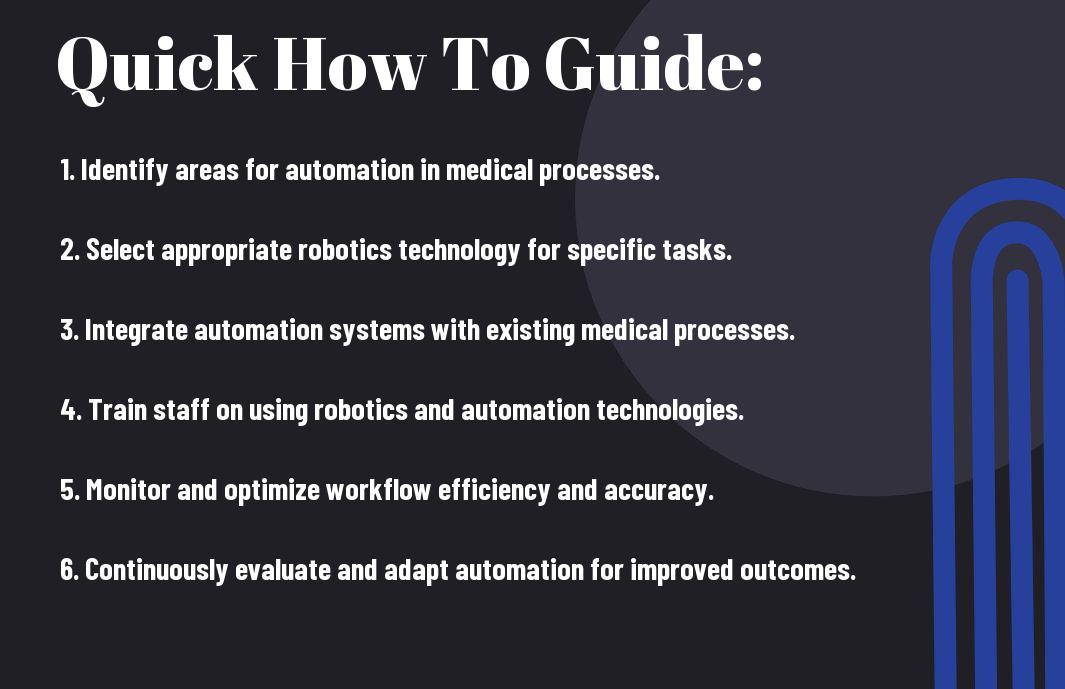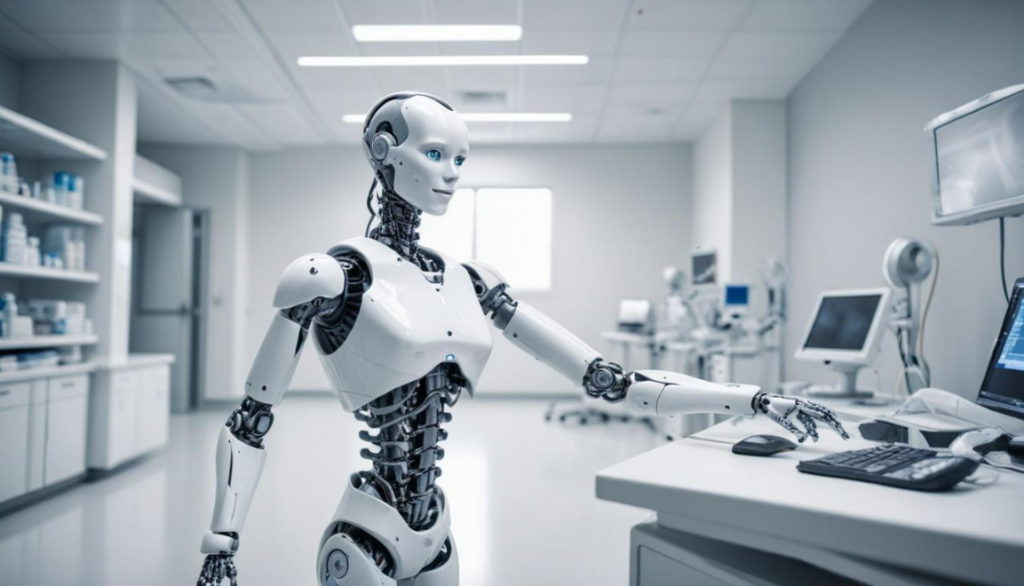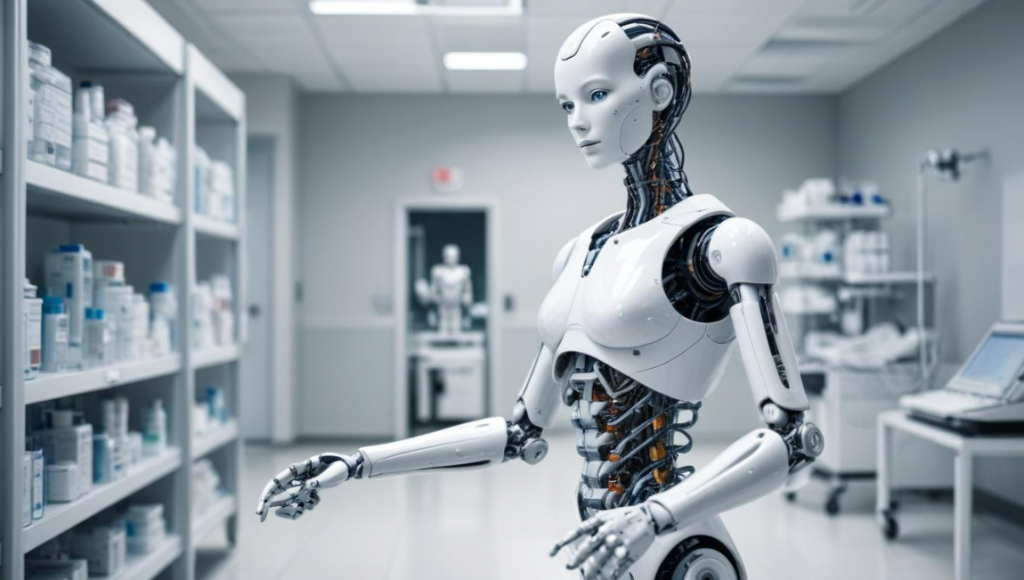Can Robotics And Automation Streamline Medical Processes Most medical professionals are aware of the growing impact of robotics and automation in the healthcare industry. In this blog post, I will explore how implementing robotic technologies can improve efficiency, accuracy, and patient outcomes within medical processes. Let’s investigate into the benefits and challenges of integrating robotic and automation systems in healthcare settings, and how they can revolutionize the way we deliver care.

How to Identify Areas for Automation in Medical Processes
Tips for Analyzing Current Workflows

Your first step in identifying areas for automation in medical processes is to analyze your current workflows. Look for repetitive tasks that can be standardized, time-consuming processes that can be streamlined, and areas where human error is common. By understanding your current workflows, you can target areas with the highest potential for improvement and automation. Knowing your current processes inside and out is crucial for successful automation implementation.
- Automation potential
- Repetitive tasks
- Time-consuming processes
- Areas prone to human error
Factors to Consider When Evaluating Automation Opportunities
On top of analyzing your workflows, there are several key factors to consider when evaluating automation opportunities in medical processes. This includes the complexity of the task, the level of human involvement required, data security and privacy concerns, regulatory compliance, and cost-effectiveness. This analysis will help you prioritize automation projects and determine the feasibility of implementation.
- Task complexity
- Level of human involvement
- Data security and privacy
- Regulatory compliance
- Cost-effectiveness
Assuming medical processes can be intricate and sensitive, it’s crucial to consider these factors when evaluating automation opportunities. By carefully assessing each factor, you can ensure that automation solutions are implemented in a way that enhances rather than compromises patient care and operational efficiency.
- Task complexity
- Level of human involvement
- Data security and privacy
- Regulatory compliance
- Cost-effectiveness

Understanding the Role of Robotics in Medical Automation
Even in the field of medicine, robotics and automation are becoming increasingly prevalent. From surgical procedures to medication dispensing, robots are being utilized to streamline and enhance various medical processes. The role of robotics in medical automation is crucial in ensuring efficiency, accuracy, and improved patient outcomes.
How to Leverage Robotics for Task Repetition and Precision
To leverage robotics for task repetition and precision, you can program robots to perform highly repetitive tasks with accuracy and consistency. This reduces the margin for error and allows for more precise outcomes in procedures such as surgery, medication administration, and patient monitoring.
Tips for Integrating Robotics into Existing Medical Infrastructure
- Start small: Begin by incorporating robotics into routine tasks before expanding to more complex procedures.
- Training: Ensure proper training for staff on how to operate and work alongside medical robots.
- Collaboration: Foster collaboration between healthcare professionals and robotics experts for seamless integration.
Automation in medical processes can significantly improve efficiency, accuracy, and patient care. By integrating robotics into existing medical infrastructure, you can optimize workflow and enhance overall outcomes. Perceiving the potential benefits of robotics in healthcare is important for embracing this technology and adapting to the future of medicine.
Precision
Most importantly, precision in medical procedures is critical for ensuring accurate diagnoses and successful treatments. Robots can offer consistent and precise movements that minimize the risk of human error. Embracing robotic technology in medical settings can lead to safer procedures, improved outcomes, and enhanced patient care. Perceiving the importance of precision in healthcare can motivate you to explore the possibilities of integrating robotics into your medical practice.
Streamlining Clinical Workflows with Automation
How to Implement Automated Systems for Data Collection and Analysis
Despite the initial challenges, implementing automated systems for data collection and analysis can greatly enhance the efficiency of clinical workflows. If you are considering this transition, start by evaluating your current processes and identifying areas that can benefit from automation. Collaborate with IT experts to choose the right technology solutions that align with your specific needs and goals.
Factors to Consider When Automating Patient Care Tasks
Carefully evaluating the implications of automating patient care tasks is crucial for successful integration. Factors to consider include the level of human interaction required, the complexity of tasks, and patient safety concerns. Implementing automation can improve accuracy and reduce human errors in tasks such as medication administration and record-keeping.
- Level of human interaction
- Complexity of tasks
- Patient safety concerns
Overcoming Challenges and Ensuring Successful Implementation
Tips for Addressing Regulatory and Ethical Concerns
Now, when implementing robotics and automation in medical processes, it is crucial to address regulatory and ethical concerns. To ensure successful implementation, consider the following tips:
- Stay informed about regulations and guidelines in the healthcare industry.
- Engage with stakeholders to address ethical dilemmas and concerns.
- Implement security measures to protect patient data and maintain confidentiality.
Perceiving these concerns proactively can help mitigate risks and ensure compliance.
How to Develop a Training Program for Medical Staff
If you are looking to develop a training program for medical staff on robotics and automation, here are some key steps to consider:
Implementation of a training program involves assessing the current knowledge and skill levels of your staff, designing tailored training modules, and providing hands-on practice with the new technology. Training should be ongoing to keep staff updated on advancements and best practices in robotics and automation.
Training programs should be interactive, engaging, and offer support resources for staff to refer back to. Regular assessments and feedback mechanisms can help track progress and address any gaps in understanding. By investing in comprehensive training, you can ensure a smooth transition to incorporating robotics and automation in medical processes.
Final Words
Ultimately, I believe that robotics and automation can greatly streamline medical processes by increasing efficiency, accuracy, and reducing the potential for human error. Embracing technology in the medical field can lead to improved patient outcomes, better resource allocation, and overall advancements in healthcare. By integrating robotics and automation into various medical tasks, we can enhance the quality of patient care and revolutionize the way we approach diagnosing and treating diseases. It is crucial to continue exploring these innovative solutions to ultimately improve healthcare delivery and save more lives.
Q: How can robotics and automation streamline medical processes?
A: Robotics and automation can streamline medical processes in various ways. They can assist with tasks such as surgery, medication dispensing, and logistics, leading to increased efficiency, accuracy, and cost-effectiveness in healthcare facilities.
Q: What are some examples of robotics and automation in the medical field?
A: Examples of robotics and automation in the medical field include robotic-assisted surgeries, automated medication dispensing systems, robotic exoskeletons for rehabilitation, and autonomous delivery robots for transporting supplies within hospitals.
Q: What are the benefits of incorporating robotics and automation in healthcare practices?
A: The benefits of incorporating robotics and automation in healthcare practices include reduced human error, enhanced precision in medical procedures, faster turnaround times for tasks, improved patient outcomes, and the ability to handle repetitive tasks more efficiently, allowing healthcare professionals to focus on critical decision-making and patient care.
